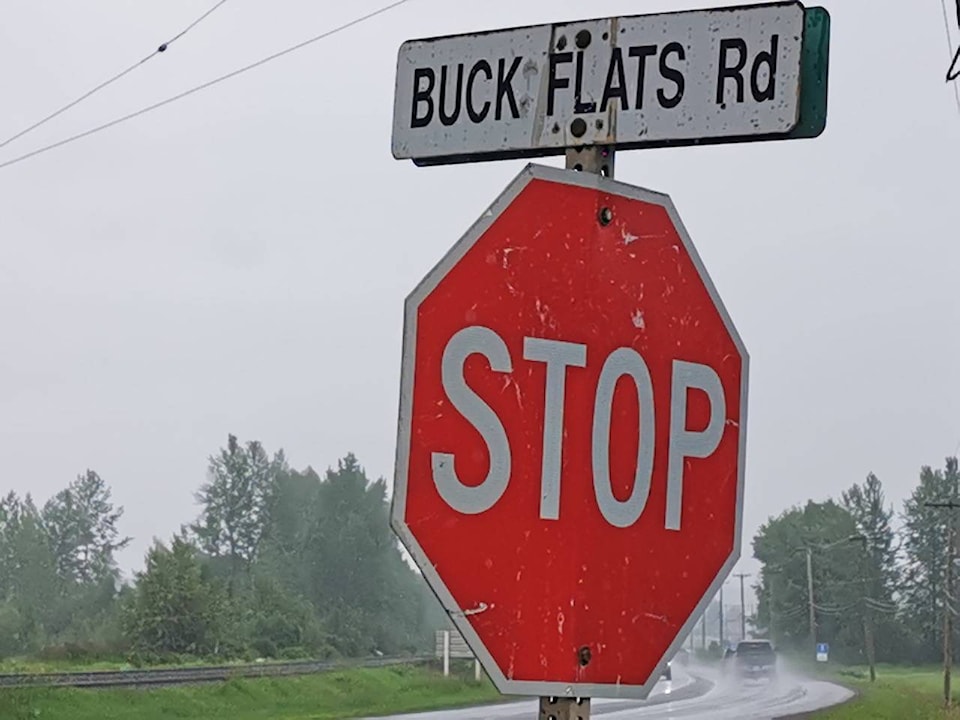Work continues on the $1 million project to log mainly conifer stands and remove material along the Buck Flats Road that pose as a wildfire risk to properties within the District of Houston.
As identified in a 2018 study prepared for the District, the prospect of prevailing winds from the southwest driving a wildfire toward the District was identified as a significant risk.
When cleared of conifers and material, the plan is to replant the area with deciduous species such as birch or poplar which are not as conducive to burning.
In all, 1,300 hectares will be cleared along a span of the Buck Flats Road to the Morice River.
Salvageable material is to be used by local wood processors.
Money for the project comes from the Forest Enhancement Society of B.C., a provincial agency, to the District and management has been contracted to Pro-Tech Forest Resources of Telkwa.
District of Houston chief administrative officer Gerald Pinchbeck said there are minor disruptions in the work plan owing to the COVID-19 pandemic.
There have been other delays owing to when burning of non-salvageable material is able to occur, he said.
”We are anticipating that the project will proceed with broadcast burning in the fall,” Pinchbeck added.
“There will also be hand treatment occurring in stream reserves and in areas close to private property where broadcast burning is not permitted,” he said.
Work is expected to continue into the next year.
Along with the risk of winds driving a wildfire, the 2018 study also indicated the Houston area could see an increase in the high/extreme fire danger days due to climate change, which is creating drier forest conditions, a shift in vegetation and changes in weather patterns.
Forest Enhancement Society of B.C. manager Gord Pratt described its financial participation in the project as complementary to reducing wildfire risk combined with the commercial potential of what’s being logged.
“In general, reducing the risk is something we would consider,” he said of the 2018 District-commissioned study regarding the possibility of prevailing winds driving a wildfire toward properties.
“If we can get the forestry sector to do the heavy lifting within the land base, then that’s a benefit, to get the best value,” said Pratt.
